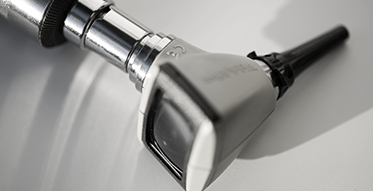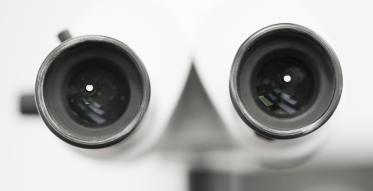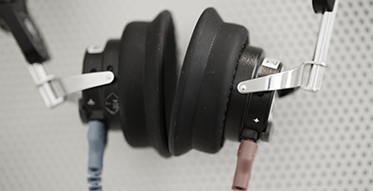Take Charge of Your Hearing Health
Your days are full, there's no doubt about that. From the moment your feet hit the floor till the moment your head hits the pillow at night, you undoubtedly have done a gazillion tasks. From getting the kids to school and to their after school activities to working your job, making dinner, doing laundry, and squeezing time in for coffee with a friend, the days are long. Odds are, you don't think much about your hearing.
Our Audiology Clinic in Calgary and Red Deer Can Help
In Canada, 1 in 16 Canadians has hearing loss. Due to our aging population, hearing loss is one of the fastest growing, most prevalent chronic conditions facing Canadians today. By age 60, almost half of Canadians have hearing loss that affects their ability to understand what they hear correctly.
Whether your hearing loss is mild, moderate or severe, conductive or sensorineural, our approach at Audiology Innovations is to develop a meaningful relationship with you, providing education, support and resources to choose an effective solution to address your own personal hearing challenges.
If you feel you could benefit from our expertise, contact us today!
Ready to Get Started?
How Hearing Works
We believe it is very important to educate our patients that the process of hearing includes both the ear AND the brain. Essentially we ‘hear’ with our ears but ‘listen’ and make sense of what we hear with our brain. Sound is made up of tiny air vibrations. The ear changes the sound vibrations at the eardrum and inner ear hair cells into an electrical signal that can be understood by the brain. The brain is the most important part of hearing since that is where sounds are converted into information that we can understand. There are a number of reasons why hearing becomes more challenging as we age and this is often related to changes in the brain.
The Ear Has Three Parts.
These are the middle, inner, and outer ear. Each part of the ear has a different job.
Outer Ear
The outer portion of the ear is cupped so it can capture the sound vibrations in the air and funnel them down the ear canal. The vibrations travel through the outer ear canal and send the eardrum into motion. INTERESTING FACT: The first hearing aids were shaped like horns and funnelled sound into the outer ear. Most issues that occur in the outer ear such as wax buildup or an eardrum rupture are treatable medically and don’t typically cause a permanent hearing loss. Hearing loss that occurs in the external ear is called conductive hearing loss.
If you suspect you may be suffering from hearing loss, contact our team at Audiology Innovations today. We’ll provide a full range of tests to determine the exact nature of your hearing loss and can help you determine if your condition warrants treatment.
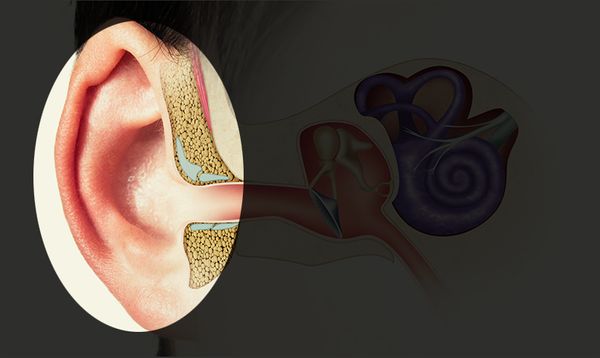
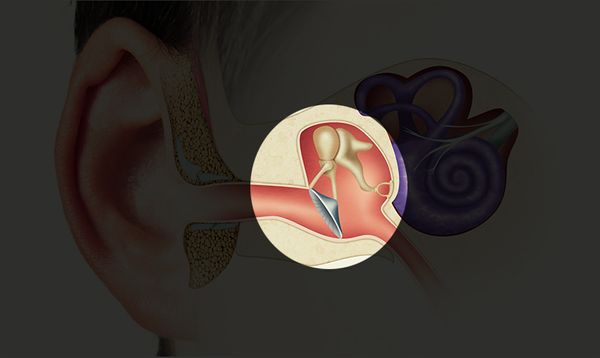
Middle Ear
The vibration of the eardrum moves the three very small bones (called ossicles) in the middle ear. INTERESTING FACT: These bones are actually the smallest bones in the human body. Common names for the bones are the hammer, anvil and stirrup, however they are known as the malleus, incus and stapes in health circles. These tiny bones are important because they amplify the vibration and transfer the sound waves to the structure in the inner ear responsible for hearing, called the cochlea. Many issues that occur in the middle ear are medically and surgically treatable and therefore cause temporary hearing loss. For example, the bones can move out of place or can continue growing and require surgical intervention. Hearing loss that occurs in the middle ear is also called conductive hearing loss.
Inner Ear
The cochlea is a small seashell-shaped channel through the temporal bone. The three cochlear channels are filled with fluid. The vibrations from the middle ear bones (ossicles) are absorbed into the fluid channels like waves in a pond. The middle channel contains the organ of Corti and sensory hair cells. Movement of the fluid starts a chain reaction that causes the cilia at the end of each hair cell to bend. Bending of the hair cells sends electrical impulses to the eighth nerve which carries the signal to the brain. INTERESTING FACT: You can think of tread on tires as an analogy to hair cells. The more that you drive, the more that the tread (or hair cells wear down). The inner ear is where the majority of hearing loss is observed in the general population (90%) and is almost always the area where we see hearing loss due to natural aging and or noise exposure. Hearing loss that occurs at the inner ear is permanent and referred to as sensorineural hearing loss SNHL.
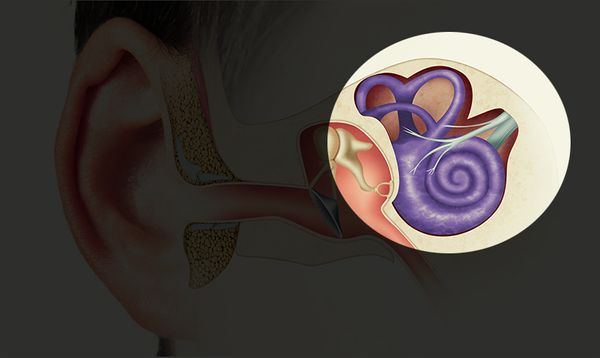
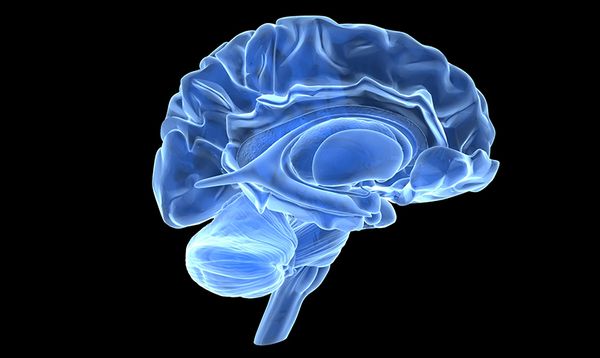
Brain
The auditory cortex in the brain interprets the neural impulses from a sound into a meaningful message. This is located in the temporal portion of the brain on the top sides of the head. We interpret the message according to our experiences in life. We can say that we therefore ‘hear’ with our ears, and ‘listen’ with our brain.
The brain is where more and more research indicates the importance of early treatment of hearing loss. If the outer, middle or inner ear are not transmitting the message completely, the listening part of the brain does not have the correct type and amount of activity. Research shows that this can cause the brain to slow down and its cells to actually atrophy (Johns Hopkins, 2014). Hearing loss treatment including hearing aids can reduce the negative effect of this effect (Journal of the American Geriatrics Society, 2015; Lancet, 2020).
INTERESTING FACT: Researchers are inventing ways to regrow hair cells in the ear, however it is critical to have a properly stimulated auditory cortex so cells are available for the sound to stimulate in the future; hence the importance of hearing loss treatment when identified.
There are four types of hearing loss; Conductive, Sensorineural, Mixed and Central. They relate to the different portions of the ear described above. If any part of the hearing system is unable to function, the result is hearing loss.
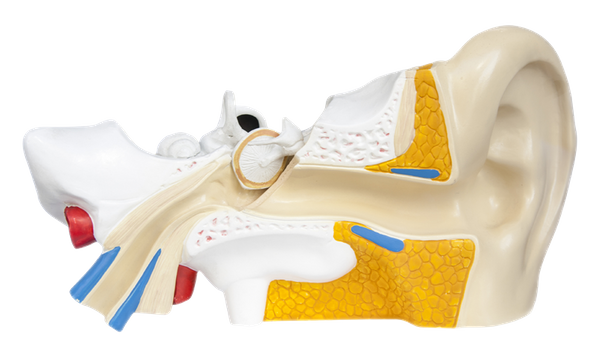
Conductive Hearing Loss
A conductive hearing loss is caused by any condition or disease that impedes the conveyance of sound in its mechanical form through the middle ear cavity to the inner ear. A conductive hearing loss can be the result of a blockage in the external ear canal or can be caused by any disorder that unfavorably affects the middle ear’s ability to transmit the mechanical energy to the stapes footplate.
This result is the reduction of one of the physical attributes of sound called intensity (loudness), so the energy reaching the inner ear is lower or less intense than that in the original stimulus. Therefore, more energy is needed for individuals with a conductive hearing loss to hear sound, but once it’s loud enough and the mechanical impediment is overcome, the ear works in a normal way. Generally, the cause of conductive hearing loss can be identified and treated resulting in a complete or partial improvement in hearing. Following the completion of medical treatment for causes of the conductive hearing loss, hearing aids are effective in correcting the remaining hearing loss.
Sensorineural Hearing Loss (SNHL)
Sensorineural hearing loss, also known as SNHL, is caused by nerve-related damage in the inner ear. The most common causes for this type of hearing loss include repeated exposure to loud noises, head trauma, or a disease that damages the hair cells inside of your ears. This type of hearing loss can also be a result of aging.
If you suspect you may be suffering from hearing loss, contact a qualified audiologist at Audiology Innovation today. We’ll provide a full range of tests to determine the exact nature of your hearing loss and can help you determine if your condition warrants any medical attention.

